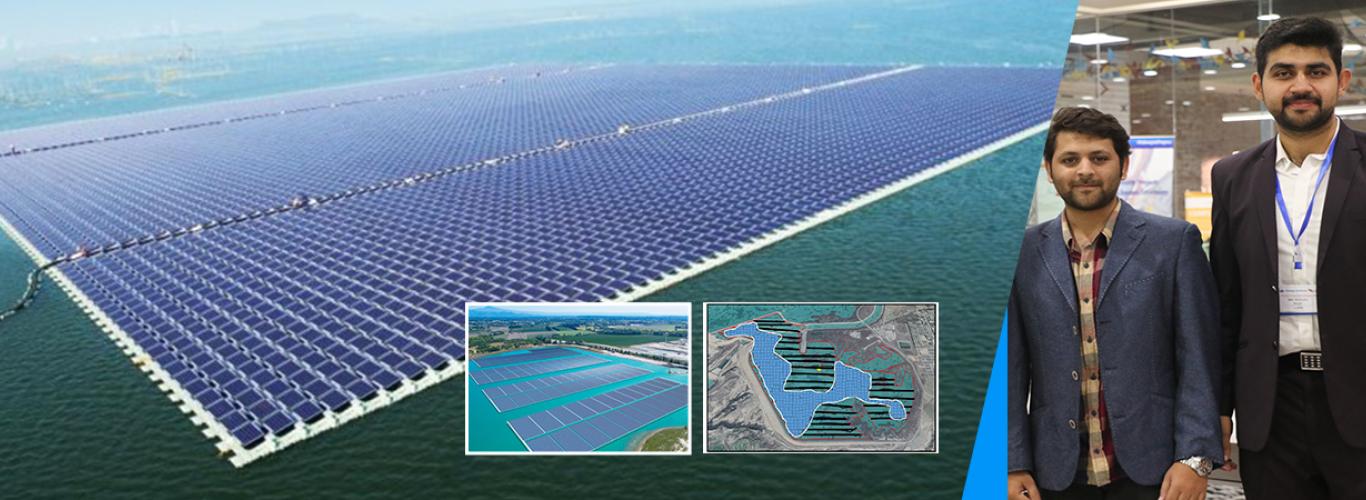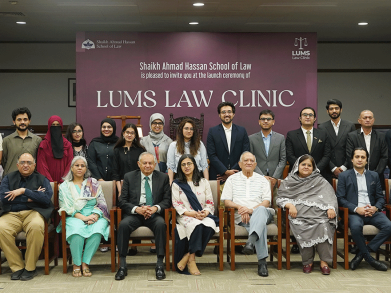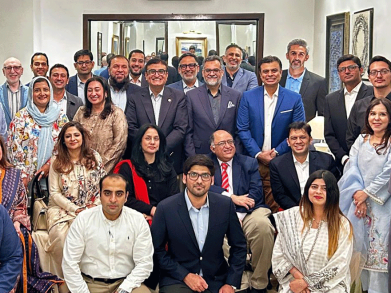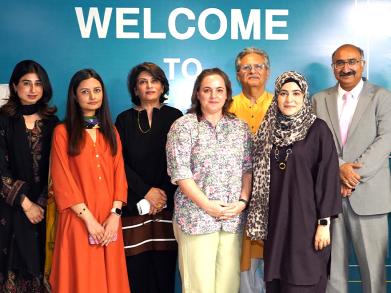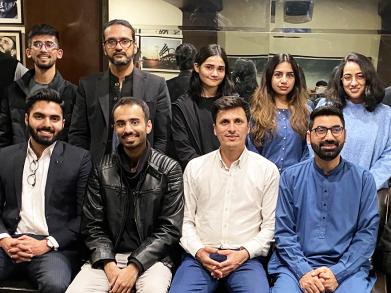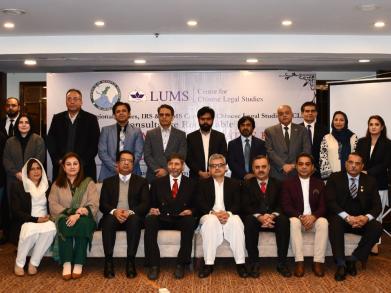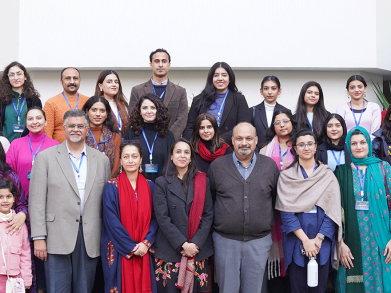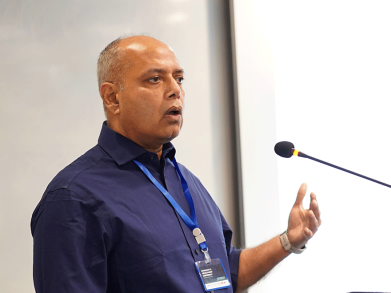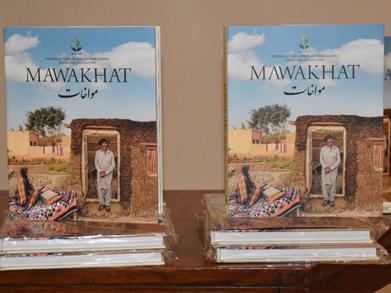LUMS Researchers Identify Solutions to Prevent Pakistan’s Frequent Outages During Peak Load Hours
LUMS PhD student, Huzaifa Rauf is part of a three-member team, which has studied the possibility of attaching a floating Photovoltaic (PV) on a body of water connected to one of the country’s hydroelectric dams.
Rauf explained that Pakistan covers around 30% of its power demand with hydroelectric dams. Some of these facilities are of considerable size, like the Tarbela Dam, which reportedly has 3.5 GW of generating capacity. The team modelled the implementation of a floating array at the 1.45 GW Ghazi Barotha Dam, which features five generating units with around 290 MW of capacity each. To cover daytime peak loads, installing a 200 MW floating system on the dam’s reservoir could replace one of the five generating units if water levels are low.
“We noted that Pakistan suffers frequent outages due to peak load hours during the day. A floating solar plant would work like a peaker plant. In terms of grid integration, the co-location of floating PV arrays with hydroelectric dams offers the chance to tap into existing infrastructure to cut costs,” he shared.
Rauf has also recently published a research article, ‘Complementing Hydroelectric Power with Floating Solar PV for Daytime Peak Electricity Demand’. The research paper examines the potential of deploying a floating Solar PV on a body of water connected to a hydroelectric dam.
The research article, Rauf shared has considerable contribution from his advisor, Associate Professor, LUMS School of Science and Engineering, Dr. Naveed Arshad, and his PhD colleague, Shuzub Gul. He shared that the unmatched support from both researchers actually paved the way for them to give it a try to publish the research in a high impact journal. “Dr. Arshad assisted in the conceptualisation, provision of resources, supervision, project administration, and funding acquisition, while me and Gul actualised the methodology, formal analysis, investigation, implementation and the writing part,” shared Rauf.
He added that it was the team’s combined effort that the article was not only published in one of the world’s top notch publications, Elsevier’s Renewable Energy Journal but was also recently recognised by the well-known scientific publication, PV Magazine.
Rauf is currently pursuing his PhD in the Energy Informatics Group of the LUMS Energy Institute, and his interests lie in Smart Grids, Optimization, Operation and Planning of Power Systems, Renewable Integration Technologies, and Machine Learning for Electric Vehicles and Energy Management.
Speaking about his work at the LUMS Energy Institute, Rauf said, “The research work I am currently involved in, and have carried out so far at the LUMS Energy Institute includes grid free living, exploring new PV generation such as agri-photovoltaics and floating solar PV, optimised operation of renewable energy systems, swappable battery based EVs, economic modelling of electricity markets, data driven EV battery degradation models and a couple of other ideas related to sustainability informatics. Our research group recently submitted proposals in all of the aforementioned topics in the past few months and have secured funding for our group and institution.”
Rauf has many exciting plans for the future. He plans to design and establish an optimised power and energy set-up for Pakistan, pursue a post-doctoral or research scientist position abroad and work on industry-academia collaborative projects.
“The LUMS research environment consists of some of the brightest and most exceptional minds from across the country, and the support, guidance, interaction and supervision of those minds has provided me with a transformational experience that sparked ideas beyond the confines of scientific reality. I take pride in calling LUMS my second home as it has always given my work respectful recognition,” he said.

